What Are Sales KPIs and Why Are They Important?
Nowadays, the backbone of a high-performing sales organization is the right data. Sales leaders must know how to interpret and use data about their organization and team, and the best way to do that is through well-defined sales KPIs.

Apr 07 2020●4 min read

Understanding data is crucial for scaling one’s sales team, growing their revenue, and beating out the competition.
In fact, the world’s best sales teams run on data. This, however, doesn’t mean tracking and measuring every move each team member makes, as that will only slow them down.
Instead of tracking more for sales, they should track the right ones. So, if you’re a sales manager, you must understand what sales KPIs are, why they matter, and which of them are important for your sales team.
What Are Sales KPIs?
Key Performance Indicators for sales, or sales KPIs, are metrics used to track the performance of an individual, a department, or a business against goals.
They help sales managers, leaders, and reps track progress to targets, manage the team and individual performance, and recognize high-level themes and trends.
Why Are Sales KPIs Important?
Not tracking sales KPIs brings sales reps and their leaders in a blind spot. They won’t know if their actions and efforts help them to improve results and achieve their goals.
Without a clear overview of their business, they can’t predict their future sales or guide their team members and organization in the right direction.
In fact, things will always change, so it’s important for them to monitor their sales KPIs so that they can adapt when necessary. As the goals of a sales organization change, their key performance indicators will change as well.
Therefore, monitoring them constantly is the only way to make sure they are making the right decisions for their sales organization.
By measuring the right KPIs for sales, sales leaders and their teams can optimize their sales process and make sure they are moving in the right direction and prioritizing the right activities for optimal results. After all, results are the foundation of all budgeting, and meeting the sales budget is of utmost importance.
What Are the Top Sales KPIs?
Here are some of the best key performance indicators for sales used by successful sales teams.
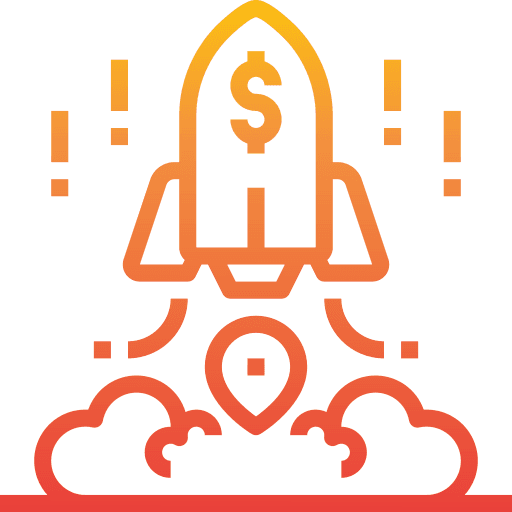 | Monthly Sales Growth |
Modern sales leaders use this KPI to track and measure the growth of their sales revenue every month. Measuring the increase and decrease of monthly sales growth allows them to notice and act on sales revenue trends now, instead of waiting to see their outcome.
Setting realistic individual and team sales revenue goals can inspire performance and ensure constant alignment of sales efforts.
 | New Leads and Opportunities |
This sales KPI shows how team members are helping to expand the business. It shows who of them is successfully reaching their quota, and if the quota is realistic. This allows them to compare themselves and motivate them to be even better.
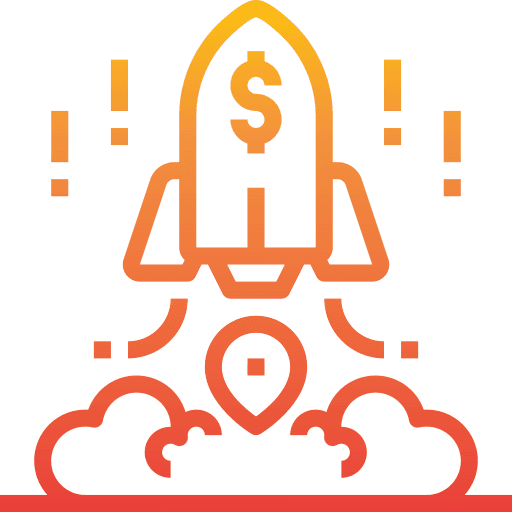 | Average Profit Margin |
With this KPI, the sales team is able to evaluate the profit margins across their set of products and services. This is particularly beneficial for companies with lots of different product offerings, as well as companies that allow sales reps to be flexible in pricing to achieve customer lock-in.
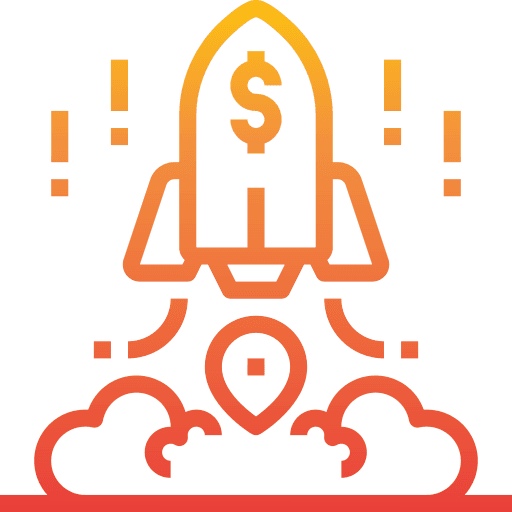 | Client Acquisition Rates |
This KPI shows how many prospects convert to customers. So, sales managers can find out which of their team members perform better, and what it is that they do differently than others.
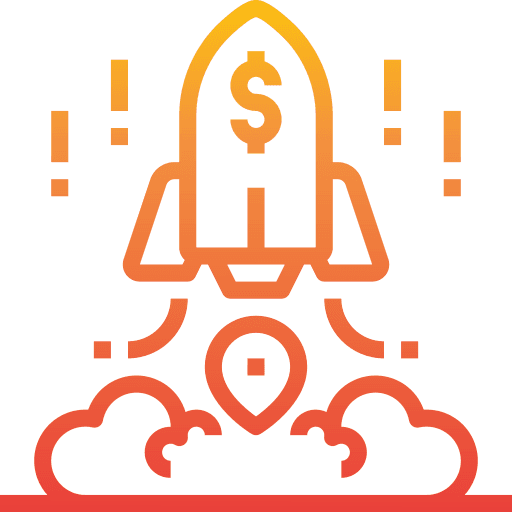 | Monthly Sales Bookings |
This sales KPI shows the number of sales bookings achieved by a close deal or a committed/signed sale. It can be divided into more categories, such as sales bookings per employee or region.
 | Competitor Pricing |
Being aware of competitors’ pricing can help business owners and sales managers to create a competitive strategy. If they find out their prices are similar, they can ensure their prices are lower, which would bring them more sales.
What’s more, monitoring the average retail price of a company’s products can help sales managers find out the impact of reducing their prices or running a promotion.
 | Sales Opportunities |
This KPI shows all pending opportunities for sales teams, allowing them to decide which of them are most worth their efforts and resources.
Sales opportunities is a key performance metric that organizes prospects according to the probability of a closed deal and the opportunity value. Prospects have their own estimated purchase value related to them to help sales teams prioritize their actions.
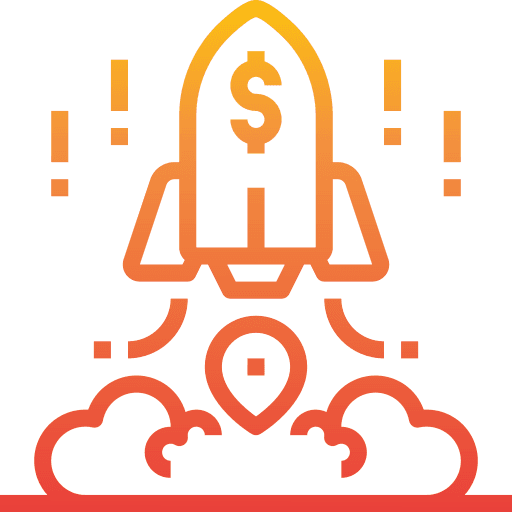 | Product Performance |
With this KPI, sales teams can see trends when specific products or services are selling better than others.
Some factors that need to be taken into consideration here is whether a specific product is not selling well because of a competitor reduction of prices, or whether it’s selling great based on a major press mention.
 | Average New Deal Length/Size |
This sales KPI shows what product or package is the most profitable for one company. It can also show the average new deals closed per sales rep in a month or year.
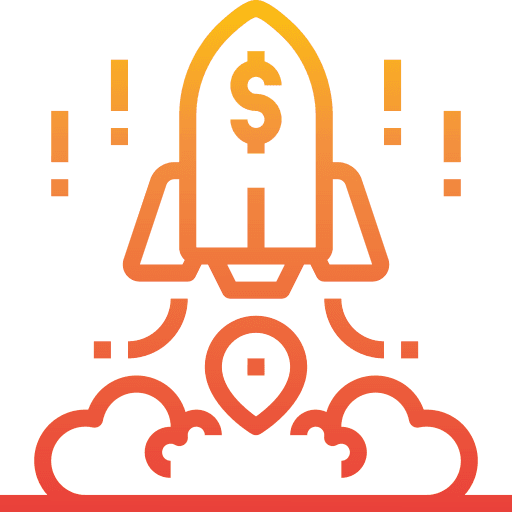 | Average Cost per Lead |
This is how you get the price for generating one lead. For example, if the average cost per lead is $10, and a company’s product sells for $250 a month and they are closing deals left and right, they should consider themselves a winner.
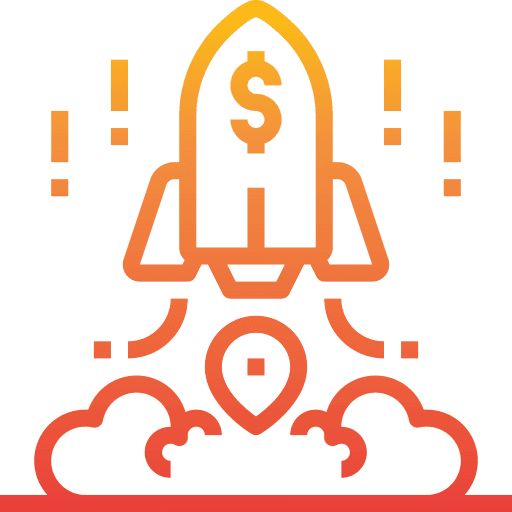 | Customer Lifetime Value |
This is how sales teams find out how much a closed deal will bring profit to the company over time.
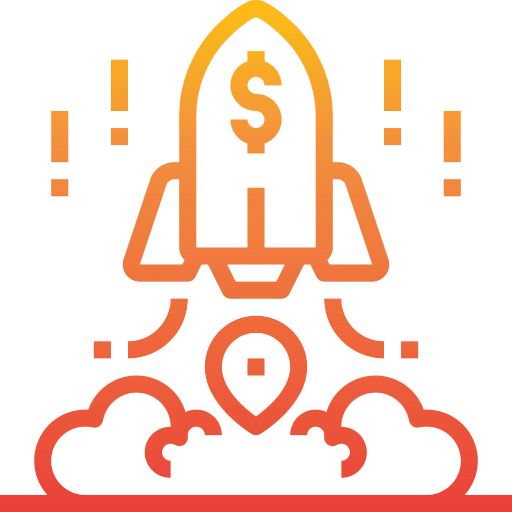 | Upsell/Cross-Sell Rates |
This sales key performance indicator tracks the upsells and cross-sell numbers of existing customers in order to see if specific verticals respond well to specific sale pitches.
By monitoring how, what, when, and to whom sales reps are cross-selling and upselling, sales leaders can adjust the efforts properly.
How Other Businesses Deals with KPIs
Let's take a look at what kind of Sales KPIs have other businesses and how do they track it?
 |
What is your Sales Team KPIs at VerifyBee?
"Our main is customer acquisition and reducing churn. Due to the nature of our business, both of these metrics define a crucial aspect of our growth and future.
It’s almost 7 times cheaper to retain a customer than to gain a new one through traditional marketing. That’s why our focus on churn reduction is so important.
Having amazing customer support, understanding why a customer might not want to renew and what would empower them to all play an insightful and crucial role in us achieving our goals."
How do you track it? (Software/self-tracking)?
"Self team-based tracking churn is easily tracked via stripe"
Abdul Mukati, Founder of VerifyBee
 |
What is your Sales Team KPIs at SPD Load?
"To be honest, I think that you can boast of any cool numbers like a churn of 1%, LTV of 10,000 bucks with a CAC of 100 bucks. But all this makes no sense if your burn rate is 10,100 bucks. Our main metric is net profit."
How do you track it? (Software/self-tracking)?
"In Google spreadsheet. But thinking about using some software in the future."
Babych Maksym, CEO of SpdLoad
 |
What is your Sales Team KPIs at SurveyAnyplace?
- Number of sales (demo) calls per day
- Close rate SQL (Sales qualified lead) to customer
- Number of days between the first sales call and close
- New MRR (Monthly Recurring Revenue) added
How do you track it? (Software/self-tracking)?
"Combining data from different systems in Google sheet, some manually others via Zapier."
Stefan Debois, CEO of SurveyAnyplace
How to Create Better Sales KPIs?
It’s important to determine the right sales KPIs for your business, products, and sales organization. To create better sales KPIs, you need to be aware of your customer type and the sales activities that are appropriate for them.
Knowing these two factors allows you to set targets for each activity in regard to each type of customer. So, you need to:
- Map the activities to the type of customers;
- Set activity targets on a weekly, monthly, or quarterly basis;
- Set up a support system for sales reps;
- Monitor the performance of sales activities, review, and adjust.
Conclusion
Sales KPIs are very useful, but only if they are paid attention to. So, keep track of the most important sales KPIs for your business so that you can guide your team members and sales organization in the right direction.

WRITTEN BY
Gintaras BaltusevičiusGintaras is an experienced marketing professional who is always eager to explore the most up-to-date issues in data marketing. Having worked as an SEO manager at several companies, he's a valuable addition to the Whatagraph writers' pool.